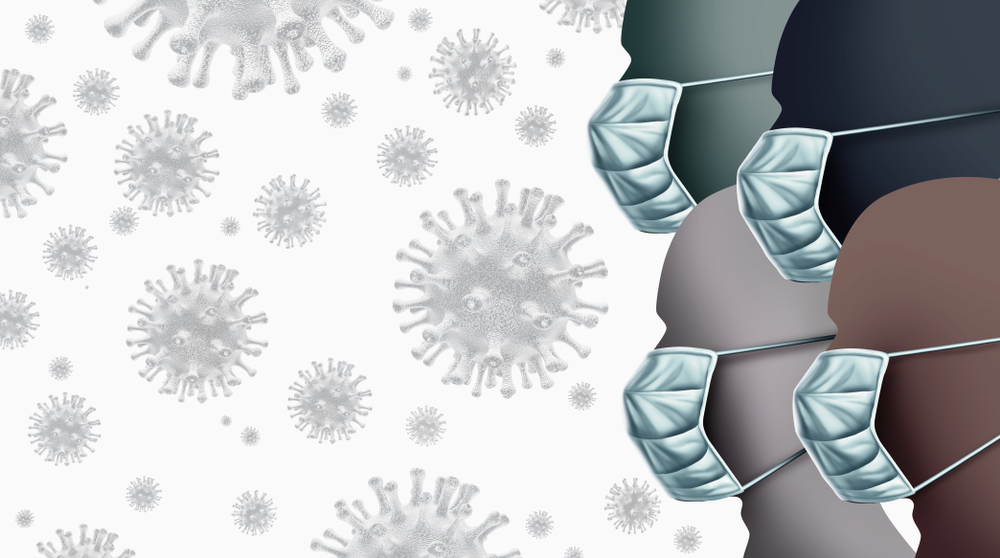
The Infectious Diseases Society of America (IDSA) issued a warning this week on the discovery of the Wuhan coronavirus in the United States, stating strong prevention and control practices, safety equipment, and funding support are critical to moving forward.
The Wuhan coronavirus — known to scientists as 2019-nCoV — officially made landfall in the United States earlier this week when the Centers for Disease Control and Prevention (CDC) confirmed the infection of a patient in Washington state. At the time, the CDC had just announced health screens to be implemented at three U.S. international airports. It has since added two more to that list. More than 600 people have so far been confirmed with the disease worldwide, with at least 17 killed by it.
With that in mind, IDSA noted that the screening efforts are an important means of surveillance and virus containment, but expansion is required. Hospitals require preparation of strong infection prevention and control practices, the organization noted, and added protections are needed for health workers.
“With still limited information on the virus, a comprehensive approach to detection, prevention and response will be critical,” IDSA wrote in a statement. “This is especially important in the case of a patient who, like the first one reported here, was asymptomatic on his arrival. As officials reported, components essential to discovering, treating and containing the virus in the U.S. patient included open sharing of information, preparedness on the part of federal, state and county health officials, the development of a swift diagnostic test, and the patient’s own access to health care and information about the virus.”
Indeed, precious little remains known about the virus. Since its discovery in December 2019, experts have struggled to diagnose its source and means of transmission, as well as the full scope of its symptoms. A recent study published in the Journal of Medical Virology this week may have at last answered one of those questions. The Chinese researchers involved in that study provided evidence that 2019-nCoV likely came to humans from snakes, which tracks with earlier health focuses on a Wuhan, China marketplace that hosted live animals.
At the same time, the World Health Organization is convening emergency meetings to address the virus and the European Centre for Disease Prevention and Control (ECDC) has declared the outbreak risk to be high and global spread likely, IDSA has stressed the need for resource availability. The ability to quickly identify, monitor, and provide treatment for contacts of the infected will be pivotal, the organization said.
Such resources mean funding, but IDSA has dubbed such costs to be necessary in the face of the alternative.
“The spread of this virus to patients now identified in five countries outside of China, including the United States, highlights the vital role of strengthened funding for CDC, USAID and other US agencies for global health security efforts to prevent, detect and respond to infectious diseases threats where they originate,” IDSA wrote.




